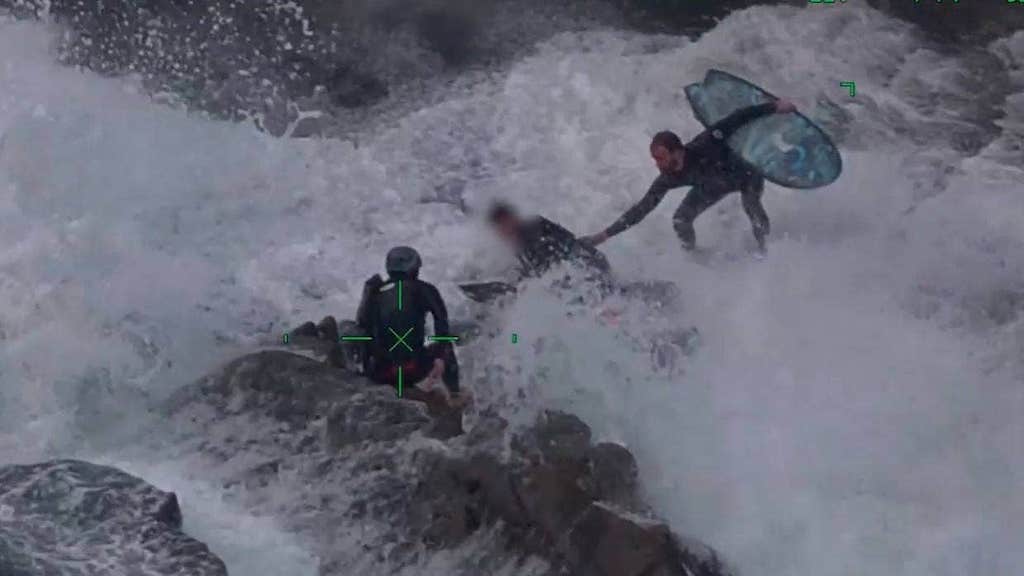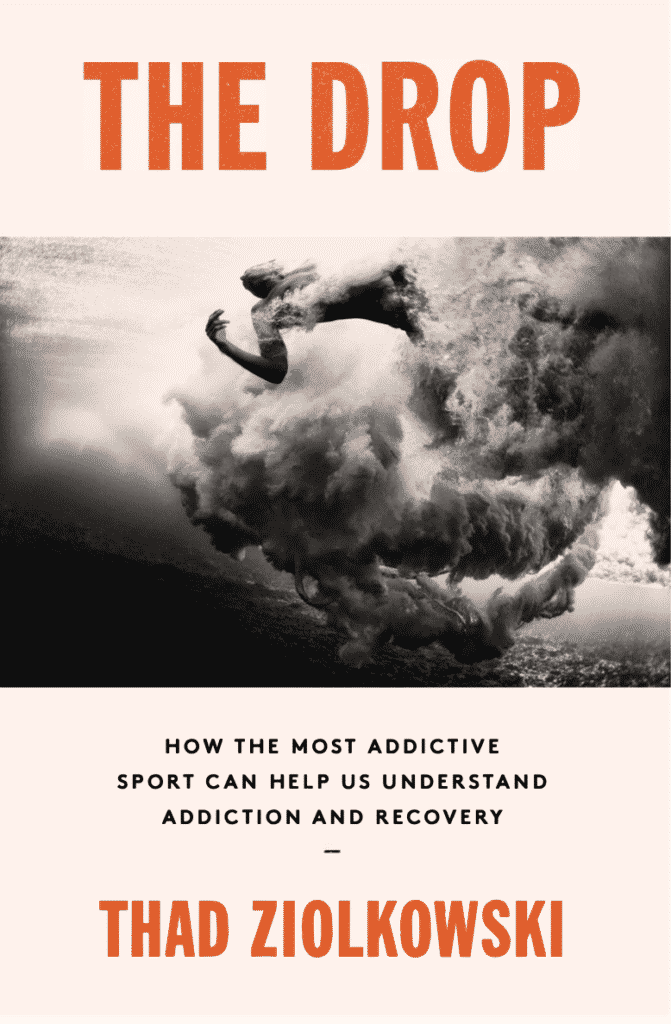"Should have called it The Fresno or The Bakersfield…"
If you were wandering around Santa Cruz last week, you might have seen filmmaker Stacy Peralta on the streets.
Peralta, a former pro skater who co-wrote and directed Dogtown and Z-B0ys, is directing a commercial for Hyundai’s new compact truck, the Santa Cruz. The vehicle is in production now and will be rolling off the line by fall.
The truck features a 2.5 litre four, two- or all-wheel drive, and a four-foot truck bed.
Aptly named?
Peralta is stoked on the moniker. He told the Santa Cruz weekly Good Times, “Santa Cruz is one of those extremely unique California beach towns. It’s extremely rare because this city has everything the great cities have. It has a gigantic cultural mix in a tiny area.”
And,
“Something else that blows my mind is how much presence there is in this town for Black Lives Matter. I’m blown away.”
And,
“A bitchin’ record store is always the sign of a great place. Because a store like this cannot exist in a town that doesn’t understand it. These kinds of places are what gives towns color.”
“There’s a really deep bed of culture here. There’s a heavy performance ethic here. If you’re a skateboarder, a surfer, a mountain biker, or a hiker, or a musician or an artist, everyone is competing with each other to be great. Which makes [Santa Cruz] great.”
What a dance ol’ Stacy taps out.
While Santa Cruz ain’t Nineveh, it ain’t what Peralta describes, either.
And notice how he curiously stops short of connecting the dots between the name and its use for the daily surfer.
Is it out-of-bounds to question Peralta and how this particular build represents Santa Cruz, that great coastal city? Can we question the lack of power, four-wheel drive and a truck bed too small to hold the shortest of shortboards?
Let’s do.
Not since the Mexican release of Chevrolet’s Nova – translated as “It does not go” – has a vehicle been so poorly named.
Hyundai labels the Santa Cruz a “sports adventure vehicle.”
Locals Ken “Skindog” Collins and Jason “Ratboy” Collins label it something else.
“Super stupid. Total bullshit. Should have called it The Fresno or The Bakersfield,” Ken says.
“I think they should have named it the Silicon Valley! Most definitely not a surf truck!” Ratboy says. “It looks like a new Subaru Brat.”
Peralta has to know that the truck isn’t really functional for surfing, right?
“He is just doing his best to help sell a piece of shit. His [BLM] comments are true without a doubt, but it’s just another selling technique to reach The Woke,” says Ken.
Ratboy adds that “Santa Cruz used to have culture and a cool vibe but it’s just an overcrowded watered-down version of what it was. I think its lame to take a cool city and try and exploit it for a crappy car sale. Hyundai is trying hard to be cool but it’s still a Hyundai.”
Ken agrees. “The surf culture has been totally assassinated by Kooks, so this should sell really well.”
He reflects briefly and says, “I ended up getting a Sprinter van. So who the hell am I to have an opinion about cars?”
Question #1: What would a car named after your town, your break look like?
Question #2: What would be a more fitting name for Hyundai’s new “sports adventure vehicle?”








